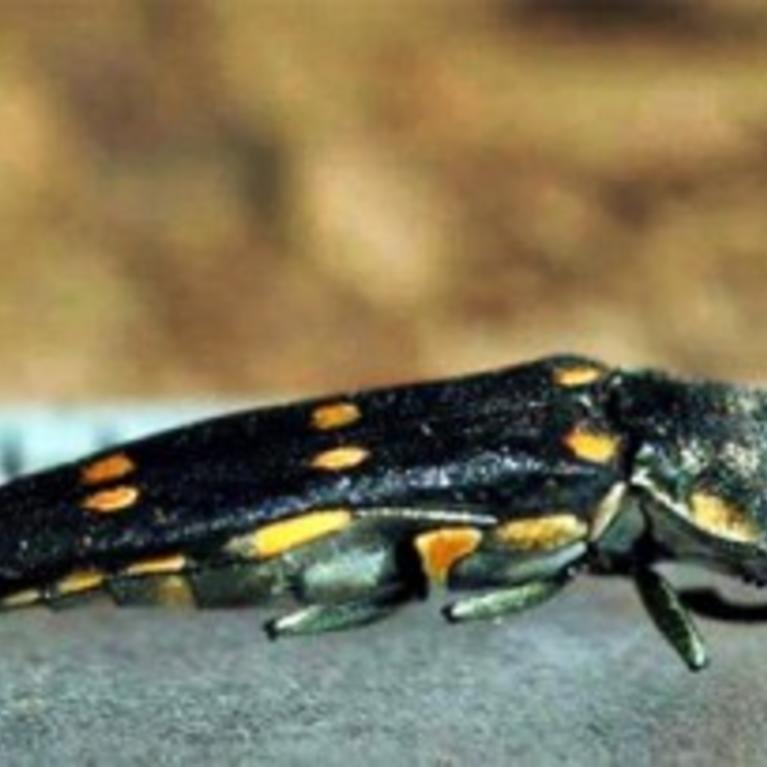
CISR: Goldspotted Oak Borer
The goldspotted oak borer (GSOB) was first detected in 2004 in San Diego Co., California by the California Department of Food and Agriculture during a survey for exotic woodborers. In 2008, it was found in the same county attacking coast live oak, Quercus agrifolia, canyon live oak, Q. chrysolepis, and California black oak, Q. kelloggii...
By CISR Team |
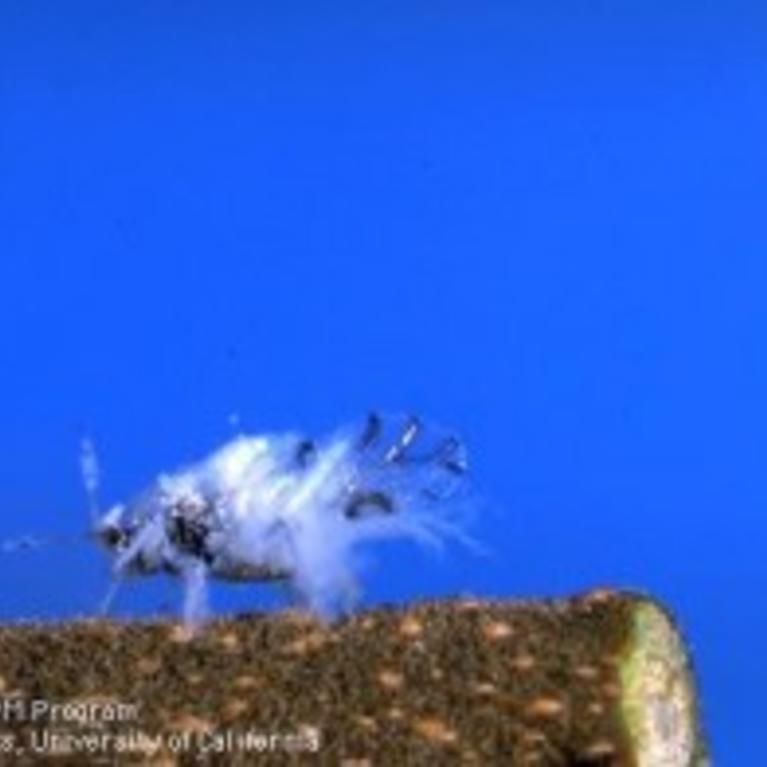
CISR: Asian Woolly Hackberry Aphid
The Situation: The Asian Woolly Hackberry aphid Shivaphis celtiwas first detected in North America on native hackberry trees ( Celtis occidentalis) in Georgia in 1996 and has been subsequently found throughout the southeastern states. In 2002 the aphid was detected in several counties in the San Joaquin Valley of California on the commonly planted Chinese...
By CISR Team |
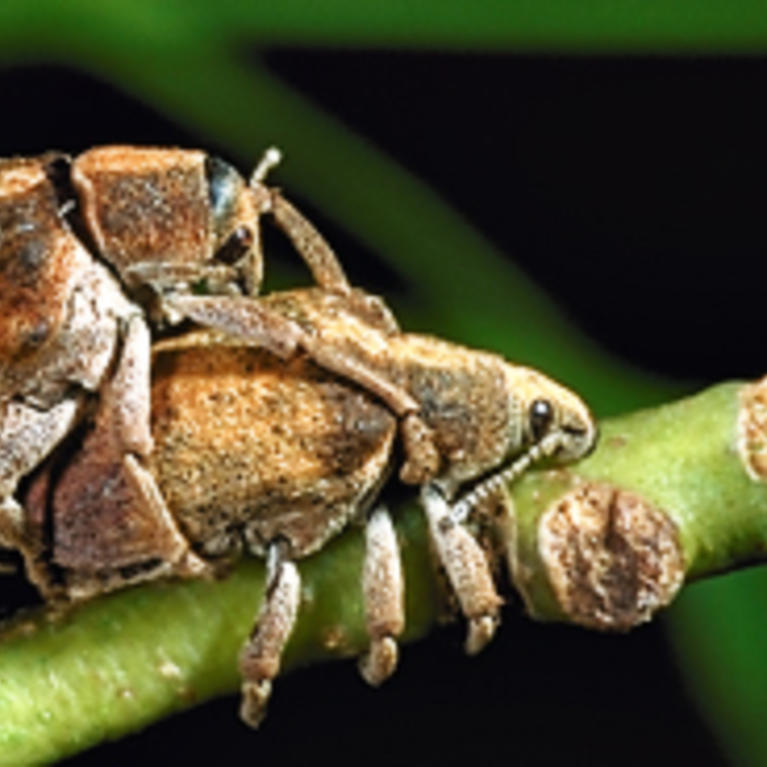
CISR: Australian Gum Tree Weevil
The Situation: Eucalyptus is a ubiquitous landscape, shade, and windbreak tree throughout southern and central California. The trees are valued for their fast growth and tolerance of poor soils and drought. Eucalyptus is now threatened by several pest insects accidentally introduced into California from Australia, one of which is the Australian gum tree weevil. Description...
By CISR Team |
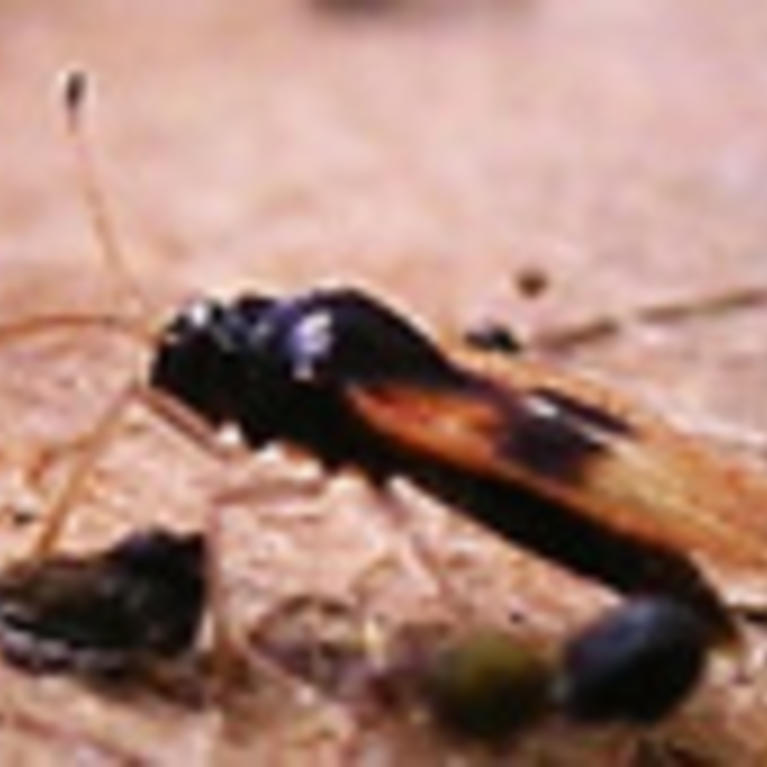
CISR: Avocado Lace Bug
The Situation: Avocado lace bug, Pseudacysta perseae, was first described in Florida in 1908 from specimens collected in this state over the period 1897-1907. Avocado lace bug is a true bug with sucking mouth parts. The common name “lace bug”, is derived from the highly reticulate “lace-like-patterning” of the thorax and wings of adults. There...
By CISR Team |
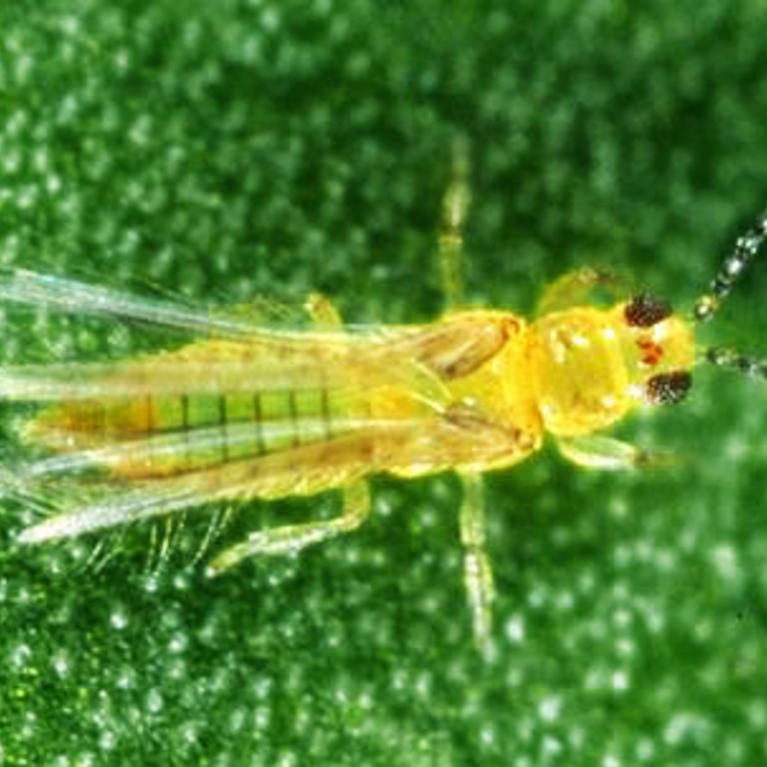
CISR: Avocado Thrips
The Situation: Avocados are subtropical perennial fruit trees 6-10 meters in height. California produces 95% of the nation’s crop, and 85% of this harvest is from one cultivar, the black fruit Hass avocado. Annually, 6,000 growers in California produce 260 million pounds of fruit on 65,000 acres, and the harvest in 2007 was worth $245...
By CISR Team |
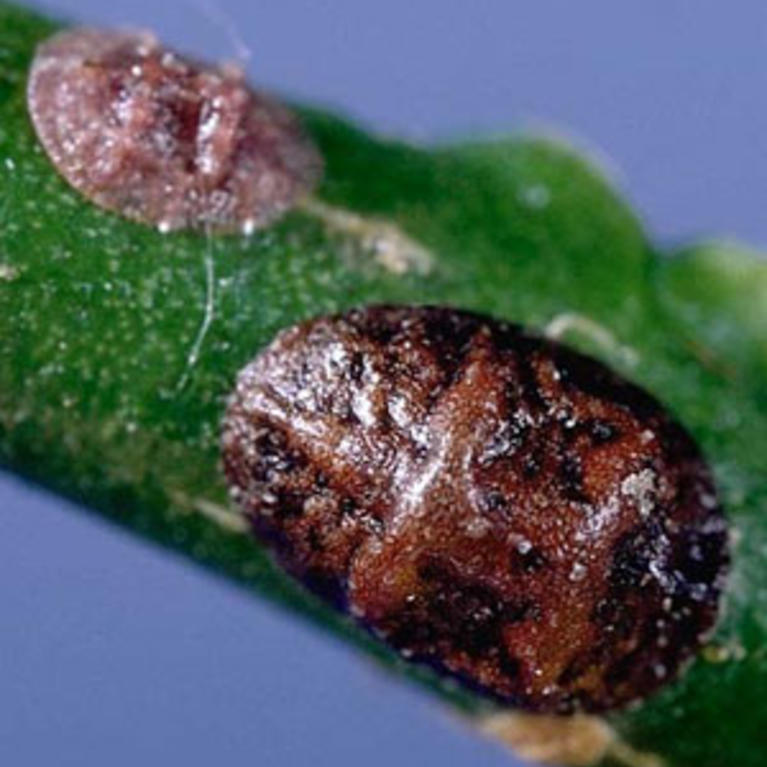
CISR: Black Scale
The Situation: In California, black scale is a periodic pest of citrus in southern California and a consistent pest of olives in the San Joaquin Valley. It was introduced into the United States and California sometime before 1880. It now occurs in many regions of the world and infests a wide range of plants. It...
By CISR Team |
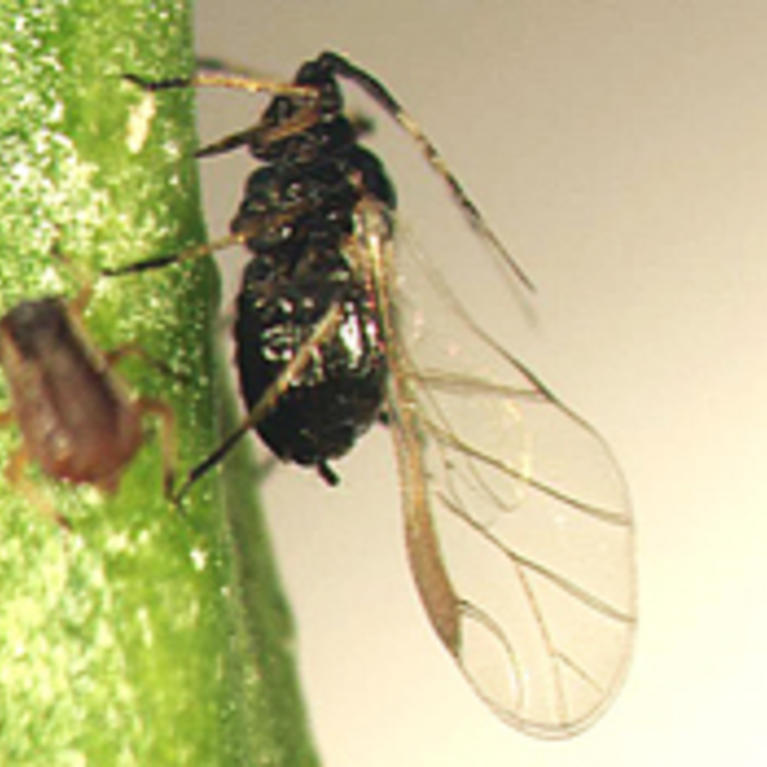
CISR: Brown Citrus Aphid
The Situation: The brown citrus aphid (BrCA), is an insect pest of all citrus varieties. It is not a pest of non-citrus crops. The brown citrus aphid infests the stems and new leaves of citrus trees and in addition to feeding damage, it is a highly efficient vector of citrus tristeza virus (CTV). CTV can...
By CISR Team |
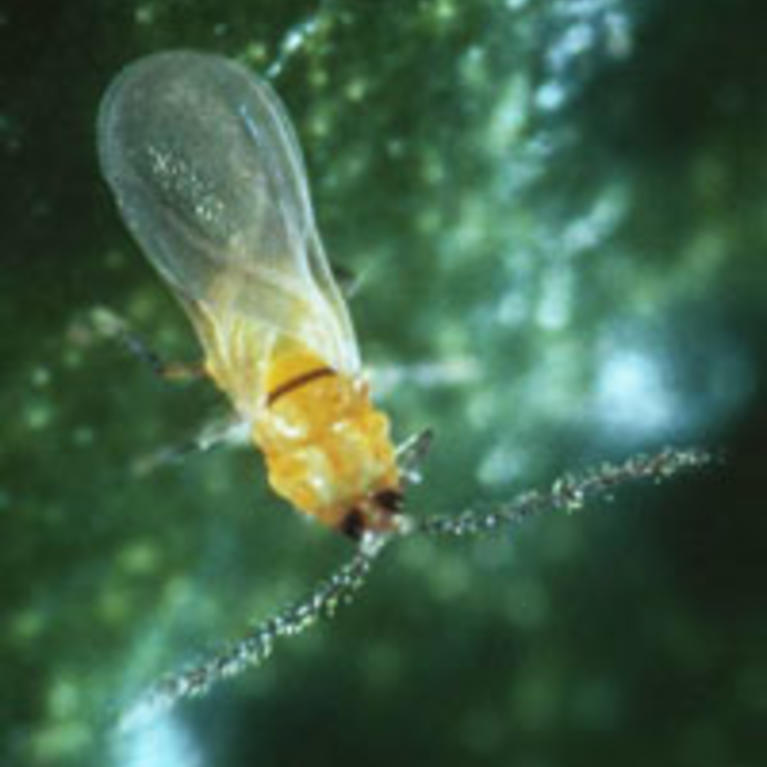
CISR: California Red Scale
The Situation: California red scale was introduced into California between 1868 and 1875, apparently on citrus seedlings from Australia. The scale insect is native to Southeast Asia but has been transported on citrus seedlings to all arid and semiarid regions of the world where citrus is grown. It occurs in all of California’s citrus growing...
By CISR Team |
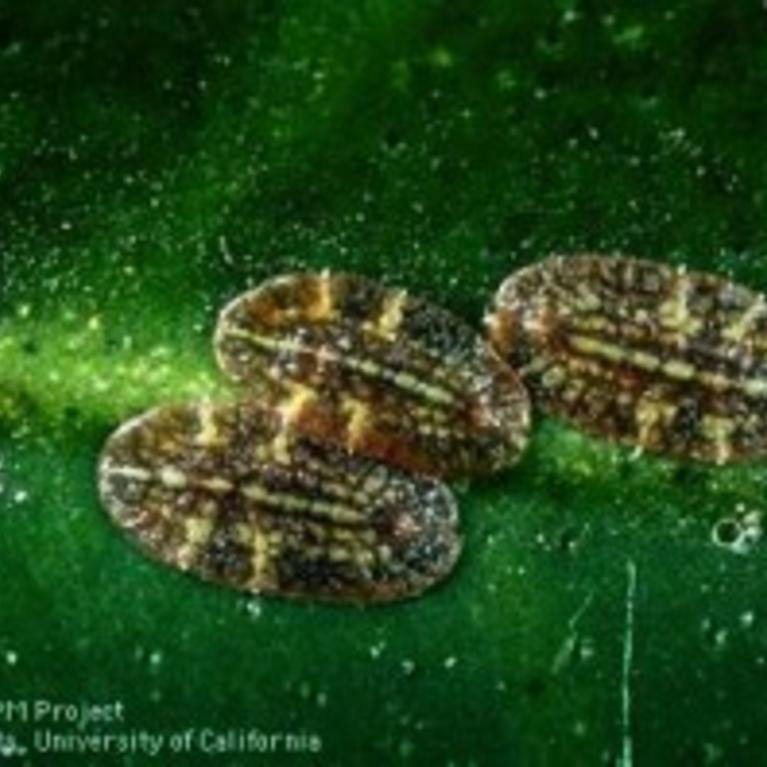
CISR: Citricola Scale
The Situation: In California, citricola scale is a serious pest . This pest is a particular nuisance in the San Joaquin Valley when broad-spectrum pesticide use is reduced as these insecticides typically keep this pest under good control. It was also a serious pest in the inland areas of southern California until 1935, when Metaphycus...
By CISR Team |
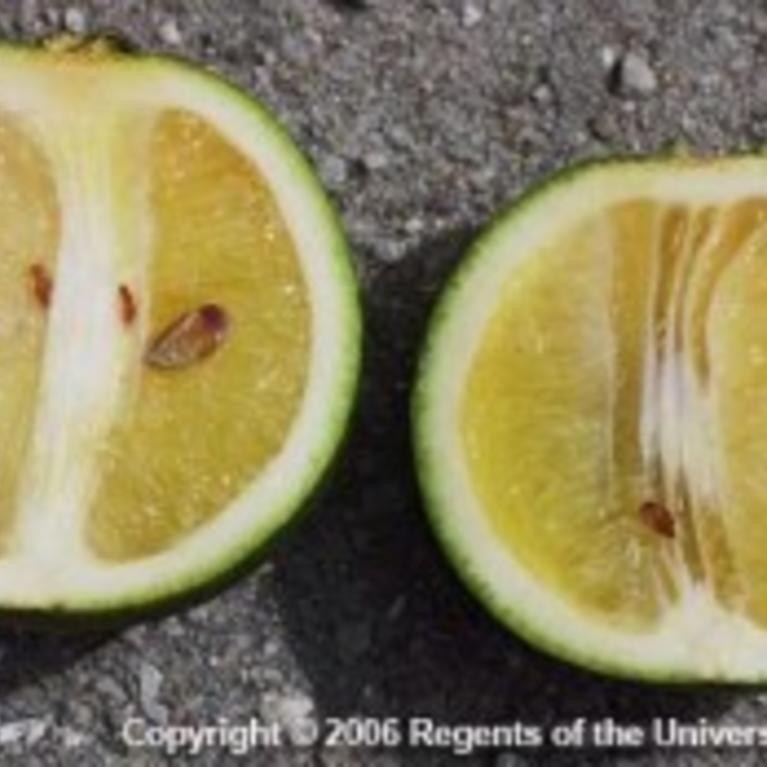
CISR: Citrus Greening
The Situation: Citrus huanglongbing (HLB), previously called citrus greening disease, is one of the most destructive diseases of citrus worldwide. Originally thought to be caused by a virus, it is now known to be caused by unculturable phloem-limited bacteria. There are three forms of greening that have been described. The African form produces symptoms only...
By CISR Team |
Let us help you with your search